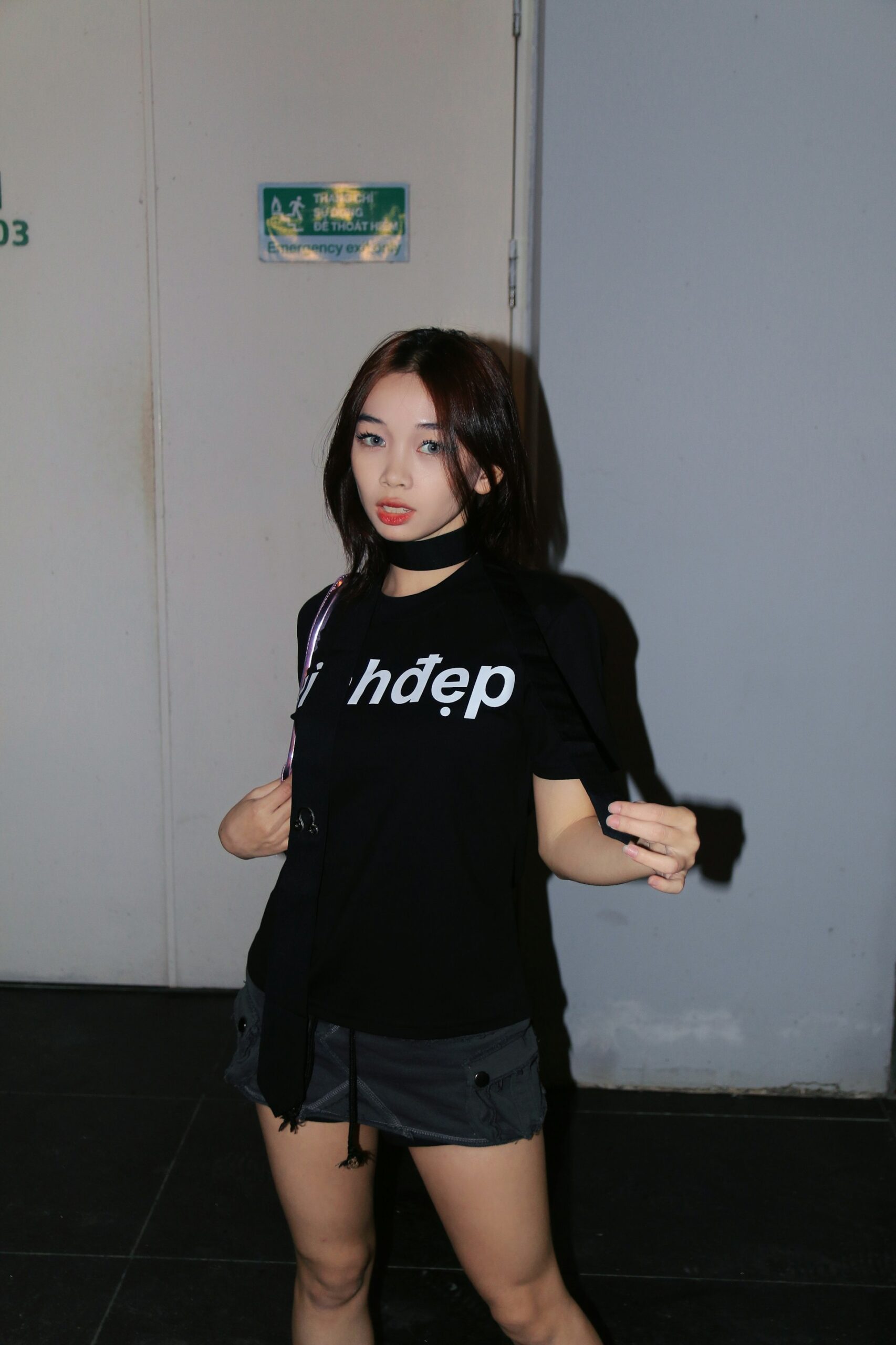Transforming Sportswear Production: The Path Toward Environmental Sustainability

Photo by Mathias Reding on Unsplash
Introduction: Evolving Toward Sustainable Sportswear
The sportswear industry is undergoing rapid transformation as environmental sustainability becomes a core expectation from both consumers and regulators. In 2025 and beyond, brands are striving to reduce their ecological footprint through innovative materials, ethical manufacturing, and circular business models. This article explores the future of environmental sustainability in sportswear production, providing actionable guidance for brands, manufacturers, and consumers seeking responsible solutions.
1. Sustainable & Eco-Friendly Materials
Modern sportswear brands are prioritizing the use of sustainable materials such as biodegradable textiles , recycled polyester and nylon , bamboo fibers , and organic cotton . These materials minimize environmental harm by reducing resource consumption, energy use, and waste output. For instance, leading brands like Patagonia and Adidas feature lines crafted from recycled ocean plastic, demonstrating industry-wide progress [1] .
To access sustainable sportswear, consumers should:
-
Look for certified eco-labels such as
Global Organic Textile Standard (GOTS)
and
Recycled Claim Standard (RCS)
on product tags. - Research brands’ sustainability reports available on official company websites.
- Contact brands directly via customer service to inquire about material sourcing.
Manufacturers may collaborate with reputable suppliers specializing in eco-friendly fibers. It is possible to find such suppliers by searching for “sustainable textile suppliers” and reviewing trade directories or attending industry expos.
2. Innovative Manufacturing Practices
Production methods are shifting toward environmentally responsible practices, including waterless dyeing , energy-efficient machinery , and minimizing textile waste . Some companies are investing in localized manufacturing to reduce transportation emissions and support local economies [4] .
To implement these practices, brands can:
- Audit their supply chains for energy and water usage.
- Adopt lean manufacturing principles to reduce excess material waste.
- Utilize renewable energy sources such as solar or wind at production sites.
Consumers interested in supporting ethical manufacturing can:
- Seek transparency reports from brands or request information on production locations and labor standards.
-
Support companies that have third-party certifications for fair labor and sustainable manufacturing, such as
Fair Trade Certified
.
3. Circular Economy Models
The future of sportswear production involves embracing circular business models . This includes resale platforms , rental services , and repair initiatives that extend the lifecycle of garments and reduce waste [5] . Major brands are launching take-back programs, allowing consumers to return used items for recycling or refurbishing.
To participate:
- Check if your favorite sportswear brand offers take-back, rental, or resale services.
- Search for “sportswear resale platforms” or “activewear rental services” to find available options.
- Repair rather than discard damaged garments-many brands provide repair kits or services.
For businesses, adopting circular models may require partnering with logistics providers and technology platforms that facilitate item tracking and refurbishment.

Photo by Ambroise NICOLAO on Unsplash
4. Integration of Technology in Sustainable Sportswear
Smart textiles are revolutionizing the activewear market. These fabrics may offer temperature regulation , moisture management , and biometric monitoring while being produced using low-impact processes [2] . Such innovations can result in longer-lasting, more versatile garments, reducing the need for frequent replacement and thus lowering overall environmental impact.
Consumers can identify smart sustainable products by:
- Looking for information on embedded technology and its environmental credentials on official brand websites.
- Reading product reviews and sustainability case studies from reputable fashion publications or technology blogs.
Brands may access technological expertise by collaborating with research institutions or technology startups specializing in smart textiles.
5. Inclusive and Ethical Design Practices
Sustainability is not only about the environment but also includes social responsibility . Trends such as inclusive sizing , adaptive designs , and gender-neutral apparel are reshaping the market [2] . Ethical labor standards and responsible sourcing are increasingly vital to consumer trust and brand reputation.
To support ethical and inclusive brands:
- Review publicly available labor policies and diversity statements.
- Contact customer service for details about manufacturing practices.
- Promote brands that prioritize accessibility and fair labor.
Companies can partner with advocacy groups or compliance organizations to improve and certify their ethical practices.
6. Overcoming Industry Challenges
Several challenges remain for broad adoption of sustainable sportswear, including:
- High costs of innovative materials and processes, making it difficult for brands to compete on price [3] .
- Complex global supply chains that complicate emissions tracking and decarbonization efforts.
- Consumer price sensitivity , as sustainable products often carry a premium.
Practical solutions include:
- Scaling up bulk purchasing of low-carbon materials to reduce costs.
- Implementing holistic decarbonization strategies across the value chain.
- Educating consumers about the long-term value and impact of sustainable purchases.
For guidance on accessing support or incentives, consider searching for government sustainability programs or contacting local trade associations in the apparel sector.
7. Accessing Sustainable Sportswear: Step-by-Step Guidance
For consumers:
- Research brands with sustainability certifications and review their official product pages.
- Look for resale, rental, or repair options to reduce waste.
- Request transparency reports and ethical sourcing information.
- Participate in take-back programs-call or email customer service for details.
For businesses and manufacturers:
- Audit current production for environmental and social impact.
- Source certified sustainable materials by searching trade directories and attending expos.
- Collaborate with tech firms and advocacy groups for innovation and compliance.
- Educate customers on the benefits and proper care of sustainable sportswear.
In cases where direct links are unavailable, search for official brand websites and sustainability reports using the brand name and “sustainability” or “ESG” as keywords.
Conclusion: Shaping a Greener Future in Sportswear
The future of environmental sustainability in sportswear production is driven by consumer demand, technological innovation, ethical practices, and new business models. Brands and consumers alike have multiple avenues to participate in this transformation. By embracing certified materials, ethical manufacturing, circular models, and inclusive design, the industry can create high-performance activewear that aligns with global sustainability goals. For further information, utilize official brand channels, trade organizations, and advocacy groups to access the latest developments and opportunities in sustainable sportswear.
References
- [1] Affix Apparel (2025). Top 8 Emerging Sportswear Trends You Need to Know.
- [2] Tack Apparel (2025). Top 7 Sportswear Trends in 2025.
- [3] Trellis (2025). 10 Sustainable Fashion Trends to Watch in 2025.
- [4] Maker’s Row (2025). Apparel Industry Trends, FAQs & Tips You Must Know.
- [5] Lightspeed HQ (2025). 5 Sustainable Fashion Trends Every Retailer Should Watch.



